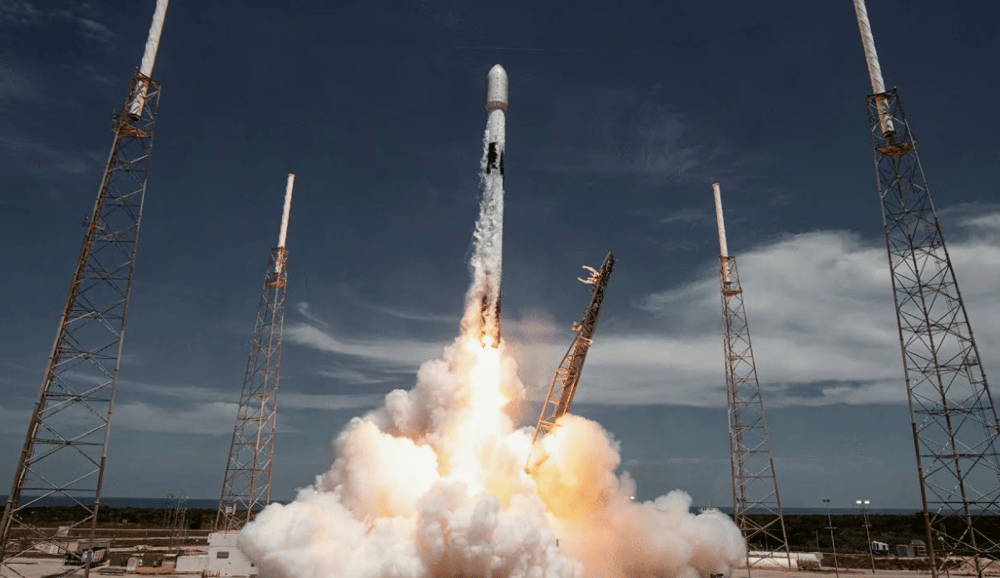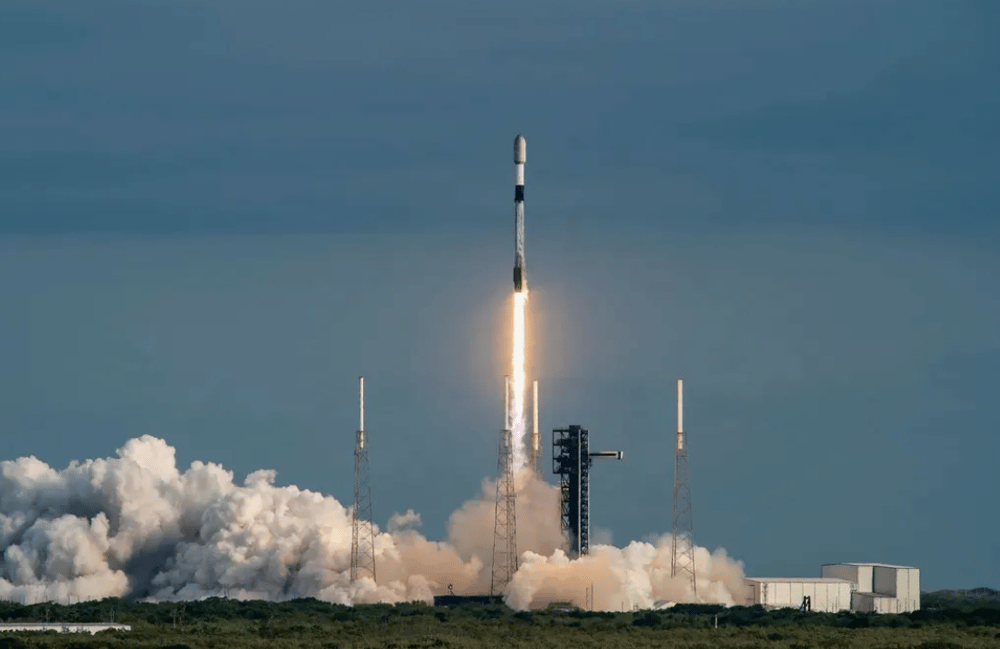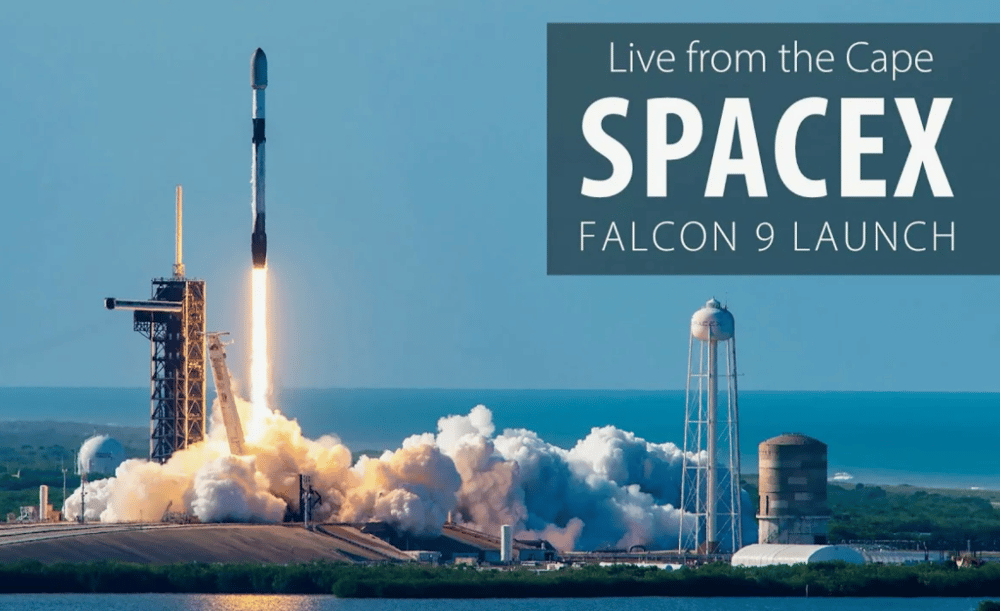SpaceX Expands Starlink Coverage with 26 New Satellites Launched into LEO
SpaceX continues its aggressive expansion of the Starlink satellite internet network with the successful launch of 26 Starlink V2 Mini satellites into low Earth orbit (LEO). The launch, conducted shortly after sunset on Monday evening, marked the 200th orbital mission from Space Launch Complex 4E (SLC-4E) at Vandenberg Space Force Base, further solidifying SpaceX’s dominance in commercial space transportation.
The mission, designated Starlink 15-9, reflects the company’s ongoing efforts to enhance global broadband coverage, particularly in underserved regions. With each successful deployment, SpaceX brings its goal of low-latency, high-speed satellite internet closer to full global implementation.
Starlink 15-9 Mission: Strategic Milestone in LEO Satellite Deployment
The Falcon 9 rocket lifted off at 8:36 p.m. PST (11:36 p.m. EST / 03:36 UTC), delivering the payload into a designated orbital trajectory. This deployment featured the V2 Mini variant, designed to improve bandwidth capacity per satellite and allow more efficient coverage using upgraded technology and antenna arrays.
The Starlink V2 Mini satellites leverage space-based laser communication, inter-satellite links, and next-generation propulsion systems to minimize orbital drift and reduce latency. These capabilities are essential for maintaining performance in remote or congested digital environments, particularly where traditional fiber infrastructure is not economically viable.

Quick Facts
📡 26 Starlink V2 Mini satellites deployed into low Earth orbit (LEO)
🚀 Launched via Falcon 9 reusable rocket
🌍 Marked 200th orbital launch from Vandenberg’s SLC-4E
⏱️ Launch time: 8:36 p.m. PST (0336 UTC)
🔄 First stage successfully landed for reuse on a droneship
📶 Starlink aims to support global broadband coverage, especially in rural and emerging markets
Market Implications and Broader Industry Reaction
The expansion of Starlink’s satellite internet network comes amid rising demand for decentralized connectivity solutions. With over 6,000 satellites launched to date, SpaceX’s Starlink initiative has become a key disruptor in the global telecom and data infrastructure sectors.
Investors and analysts are closely monitoring the implications of satellite internet on traditional broadband providers, as well as competitors in the low Earth orbit sector such as Amazon’s Project Kuiper and OneWeb. The successful deployment reinforces SpaceX's vertical integration strategy, combining launch services, satellite production, and internet delivery under one corporate structure.
The use of reusable rockets — a technological hallmark of SpaceX, which remains privately held but influential across public space equities — continues to lower launch costs and improve deployment cadence. This scalability is critical in achieving Starlink's long-term goals of global internet saturation and potential service integration with connected vehicles and IoT infrastructure.

Key Takeaways
Increased coverage: The new batch of V2 Mini satellites enhances Starlink’s broadband capacity in underserved areas.
Reusable launch system: Falcon 9's reusability significantly reduces costs and increases deployment efficiency.
Competitive positioning: SpaceX maintains a lead in LEO deployment volume compared to rivals like Amazon and OneWeb.
Scalability and resilience: V2 Mini satellites are equipped with advanced comms and propulsion, boosting network reliability.
Geopolitical relevance: Satellite internet plays a growing role in emergency response, remote education, and defense applications.
The Strategic Role of Starlink in the Future of Global Connectivity
The Starlink 15-9 mission not only reflects SpaceX’s operational maturity but also underscores the growing strategic relevance of LEO constellations in reshaping internet access worldwide. As SpaceX deploys more satellites and refines its architecture, Starlink is set to challenge terrestrial infrastructure models and become a cornerstone of the next-generation digital economy.
In parallel, regulatory agencies, telecom providers, and geopolitical stakeholders are recalibrating their strategies to address the implications of space-based connectivity — from spectrum allocation to data sovereignty. The trajectory of missions like Starlink 15-9 will continue to influence how connectivity infrastructure evolves in both developed and emerging markets.















Comments
This development underscores how strategic acquisitions can transform the trajectory of automation technologies
Moves like this validate the importance of aligning capital strategy with emerging technologies